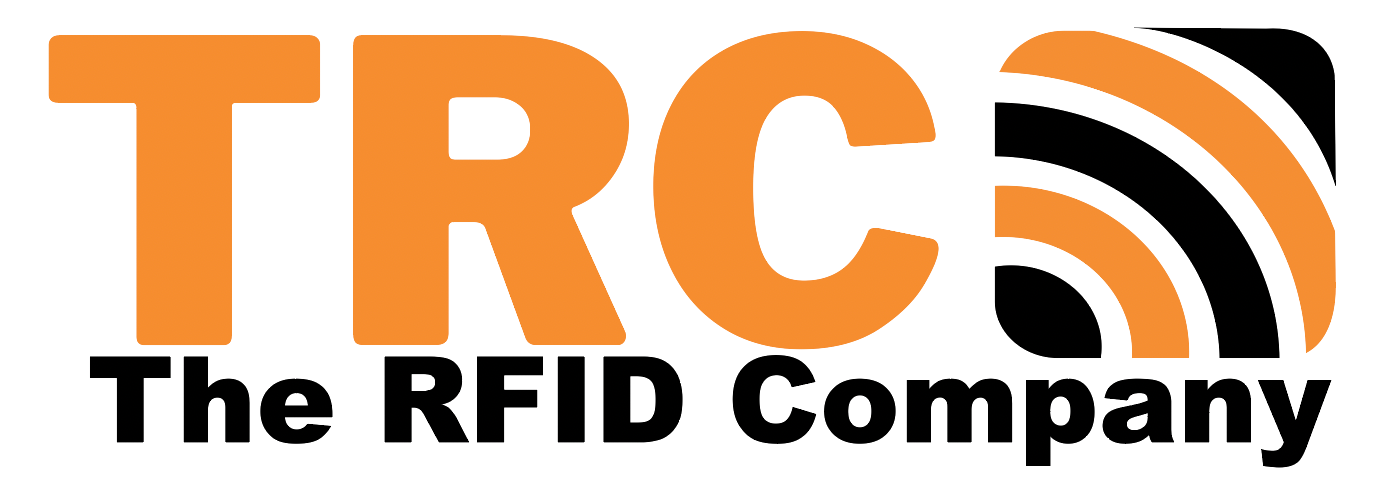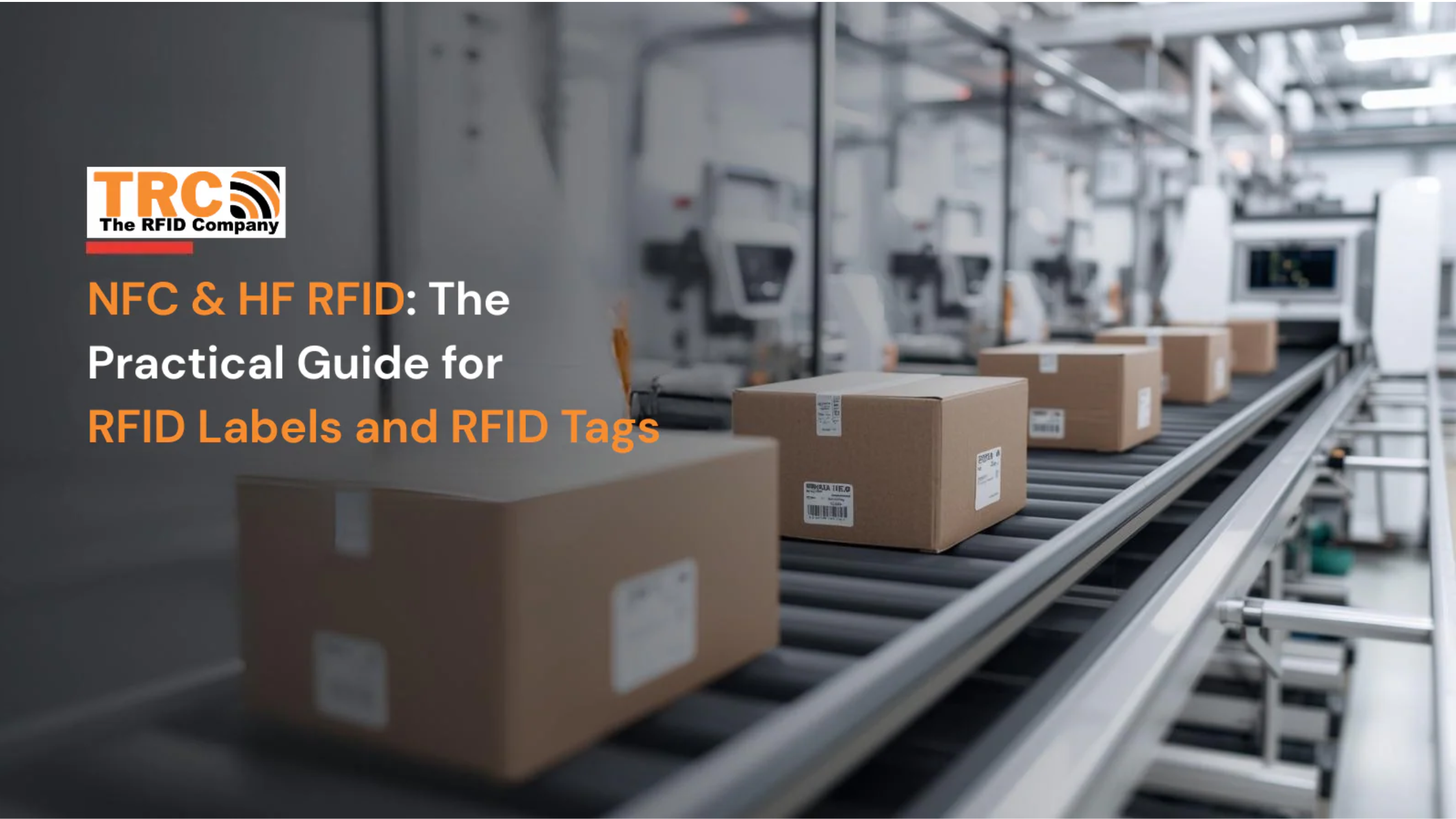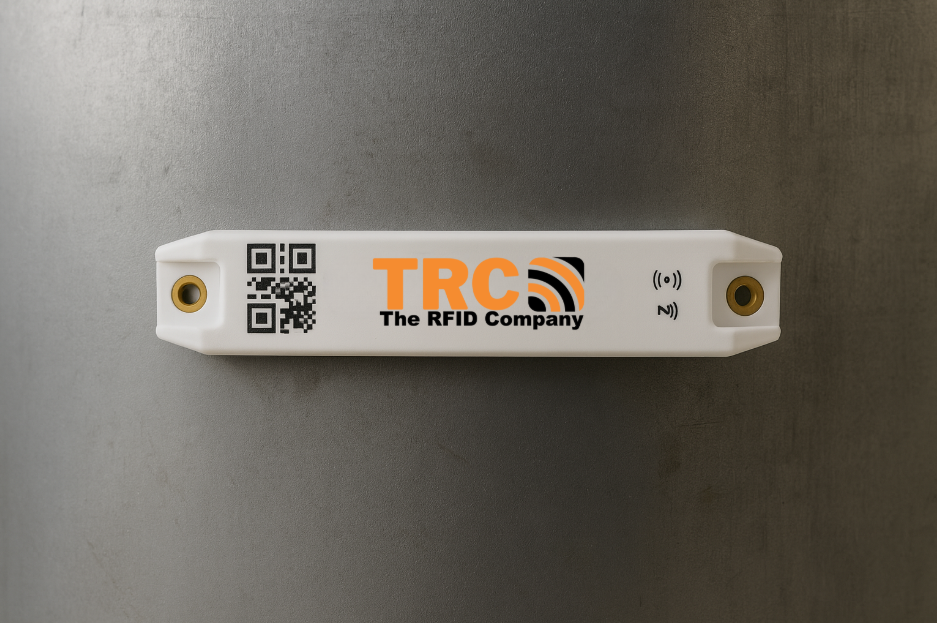In today’s connected world, businesses across logistics, retail, and manufacturing are adopting smart identification technologies to streamline operations, improve customer experience, and ensure supply chain visibility. Among the most widely used technologies are UHF (Ultra High Frequency RFID) and NFC (Near Field Communication).
While both are based on Radio Frequency Identification (RFID), they serve very different purposes. Choosing the right one depends on your business needs, the application, and the environment in which the technology will be used.
What is UHF?
UHF (Ultra High Frequency) refers to RFID technology that operates between 300 MHz and 3 GHz, with most UHF RFID systems working around 860–960 MHz.
Key Characteristics of UHF:
- Read Range: Long-distance (up to 15+ meters depending on environment).
- Speed: Fast data transfer and the ability to scan multiple tags at once.
- Applications: Ideal for supply chain management, asset tracking, logistics, and warehouse automation.
- Cost: UHF tags are generally affordable and scalable for large operations.
In logistics and manufacturing, UHF is highly effective for tracking pallets, shipments, or even thousands of products moving through a facility.
What is NFC?

NFC (Near Field Communication) is a subset of HF RFID, operating at 13.56 MHz, and is designed for close-range communication (usually under 10 cm).
Key Characteristics of NFC:
- Read Range: Very short (tap-to-read functionality).
- Compatibility: Works seamlessly with smartphones and NFC-enabled devices.
- Applications: Common in retail for contactless payments, smart packaging, and product authentication.
- Customer Engagement: NFC tags can deliver interactive experiences by connecting consumers to digital content.
NFC is perfect when customer interaction or secure transactions are the priority.
UHF vs NFC: A Detailed Comparison
| Feature | UHF | NFC |
|---|---|---|
| Frequency | 860–960 MHz (UHF RFID) | 13.56 MHz (HF RFID) |
| Read Range | Up to 15 meters (sometimes more) | Up to 10 cm |
| Speed | Can scan hundreds of tags per second | One-to-one scanning |
| Primary Use | Supply chain, logistics, manufacturing | Retail, payments, customer engagement |
| Scalability | High – ideal for large-scale tracking | Moderate – product-level or customer interaction |
| Device Support | Requires RFID readers and infrastructure | Works with smartphones and NFC readers |
When to Use UHF
Businesses should choose UHF RFID if they need:
- Real-time inventory visibility across warehouses and distribution centers.
- Bulk scanning of items without line-of-sight.
- Automation for high-volume environments like manufacturing plants.
- Cost-efficient scalability for thousands of items or assets.
Example Use Cases:
- Tracking pallets in a warehouse.
- Monitoring shipping containers in logistics.
- Ensuring product flow across a manufacturing line.
When to Use NFC
Businesses should consider NFC when the focus is on:
- Customer engagement through interactive smart labels or packaging.
- Secure, one-to-one transactions, such as contactless payments.
- Product authentication to protect against counterfeiting.
- Ease of access by leveraging smartphones without specialized hardware.
Example Use Cases:
- A retail brand adding NFC tags to packaging to deliver digital experiences.
- Secure ticketing for events.
- Contactless payments in stores or restaurants.
UHF vs NFC: Which One Should You Use?
The choice between UHF and NFC depends on your business goals:
- If your priority is operational efficiency, large-scale asset tracking, and supply chain visibility, UHF is the right choice.
- If your focus is on customer interaction, authentication, and secure transactions, NFC is better suited.
Some businesses even adopt a hybrid approach, combining UHF for logistics and NFC for consumer-facing engagement, ensuring end-to-end visibility and brand interaction.
Conclusion: Making the Right Choice
Both UHF and NFC offer significant benefits, but the right choice depends on whether you prioritize efficiency in logistics and manufacturing (UHF) or engagement and secure interactions in retail (NFC).
At The RFID Company, we help businesses in logistics, retail, and manufacturing choose and implement the right RFID solutions to meet their unique needs. Whether you’re looking to optimize your supply chain with UHF RFID or enhance customer engagement with NFC smart labels, we’ve got you covered.
👉 Contact The RFID Company today to explore customized RFID solutions for your business.
FAQs
Q1: Can UHF and NFC work together?
Yes. Some businesses use UHF for backend tracking (logistics, inventory) and NFC for customer-facing interactions (smart packaging, authentication).
Q2: Is UHF more expensive than NFC?
Not necessarily. UHF tags are affordable at scale, but they require infrastructure (readers, antennas). NFC tags are cost-effective for consumer use, especially since smartphones can act as readers.
Q3: Which is more secure: UHF or NFC?
NFC is generally used in secure applications like payments because of its short range and encryption options. UHF is more about efficiency and visibility rather than consumer-level security.
Q4: Can NFC replace QR codes?
Yes, in many cases. NFC offers a smoother experience (tap vs. scan), doesn’t require a camera, and allows for more secure and versatile applications.






Share:
What Is an RFID Laundry Tag? The Ultimate Guide to Smarter, Longer-Lasting Textile Tracking
On-metal RFID labels that actually read: foam spacers vs thin ferrite